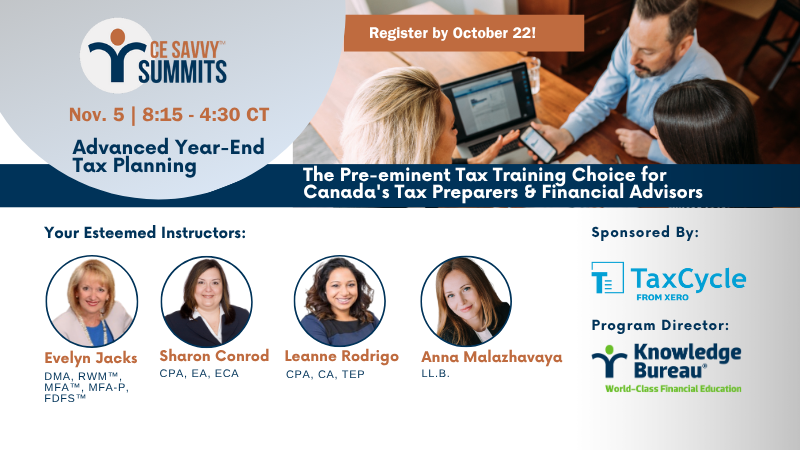Last updated: October 28 2025
Auto Logs: The Cornerstone of Vehicle Expense Claims

Barbara Britto
Auto logs are essential for claiming vehicle expenses and travel allowances under CRA rules. Employees, shareholders, and self-employed individuals must follow distinct guidelines, and travel allowances are permitted for specific deductions like moving expenses, medical travel, and northern travel deductions. Trouble is most people have trouble keeping them and can fall into tax audit traps. Here’s a primer on the rules, to know as part of year-end tax planning activities.
The Backdrop. Whether you are an employee, shareholder, or self-employed, CRA requires accurate auto logs to support any claim for vehicle-related expenses. These logs help determine the proportion of business use versus personal use and are critical for calculating deductions, taxable benefits, and reimbursements.
A complete auto log should include:
- Date of each trip
- Start and end odometer readings.
- Destination and purpose
- Total kilometers driven.
CRA accepts two formats:
- Full-year detailed logbook: Required for most claims, especially under the detailed method.
- Simplified logbook: Allowed if a full logbook was maintained in a prior year and business use patterns remain consistent. A 3-month sample can be extrapolated to estimate annual business use.
Year end tax planning tip: Start now to compile the three month log sample for the 2025 tax year.
Travel Allowances: Who Can Claim and When
A travel allowance is a payment made to cover the cost of using a personal vehicle for work-related travel. CRA allows tax-free travel allowances only if they meet specific criteria:
- The allowance must be reasonable (based on CRA’s prescribed per-kilometer rates).
- It must be based on actual kilometers driven.
- The employee must not be reimbursed for the same expenses separately.
The 2025 CRA rates are:
- 72¢/km for the first 5,000 km (provinces)
- 66¢/km for additional km
- 76¢/km and 70¢/km respectively in the territories.
Year End Tax Planning Tip: If the allowance is not reasonable or not based on distance, it becomes a taxable benefit. Again, the auto log is so important to get the right tax results.
Employees, Shareholders, and Self-Employed: Key Differences
Employees. Employees can claim vehicle expenses only if required by their employment contract and if they do not receive a non-taxable allowance. They must:
- Complete Form T777 (Statement of Employment Expenses)
- Obtain a signed Form T2200 (Declaration of Conditions of Employment) from their employer.
- Maintain detailed auto logs and receipts.
Shareholders. Shareholders who use a vehicle for corporate duties must distinguish between employee-like use and personal use. CRA scrutinizes shareholder claims closely, especially if:
- The corporation owns the vehicle.
- The shareholder receives allowances or reimbursements.
Auto logs are essential for shareholders to keep to justify business use and avoid taxable benefits reporting.
Self-Employed Individuals. Self-employed individuals must use the detailed method to claim vehicle expenses.
Tax Audit Trap: They cannot use the simplified per-kilometer rate.
Instead, they must:
- Track all vehicle-related expenses (fuel, insurance, maintenance, lease, or depreciation)
- Maintain full year auto logs.
- Calculate the percentage of business use to apply to total expenses.
Special Deductions: Moving, Medical and Northern travels. CRA allows travel allowances or vehicle expense claims for specific situations:
Moving Expenses. If you move at least 40 km closer to work or school, you can claim vehicle expenses as part of eligible moving costs. You may use:
- Simplified method: CRA’s per-kilometer rate
- Detailed method: Actual expenses with receipts
Auto logs are not required, but you must maintain proof of the move and distance. It’s of course a best practice to keep a log anyway, to justify the calculation of the per-kilometer rate or the calculation of the detailed method claim.
Medical Travel. If you travel at least 40 km for medical services not available locally, you can claim vehicle expenses. Again, CRA allows both simplified and detailed methods.
The Northern Travel Deduction allows eligible residents of prescribed northern or intermediate zones in Canada to claim travel expenses incurred for personal or medical reasons. This deduction helps offset the high cost of travel from remote areas and is calculated using the lowest return airfare or actual travel costs, whichever is less.
The Bottom Line. It’s Essential to keep an auto log. Maintaining accurate and detailed records is a critical safeguard against tax audits. These records provide concrete evidence of employment or business-related vehicle use, helping to substantiate per kilometer-based deductions and to demonstrate compliance with tax regulations.
Without them, taxpayers risk triggering red flags during audits or facing disallowed deductions, with the threat of penalties, and the extra cost of interest on balances now due. By maintaining consistent and verifiable records, individuals and businesses can confidently claim eligible vehicle expenses while minimizing errors and maximizing tax benefits.


